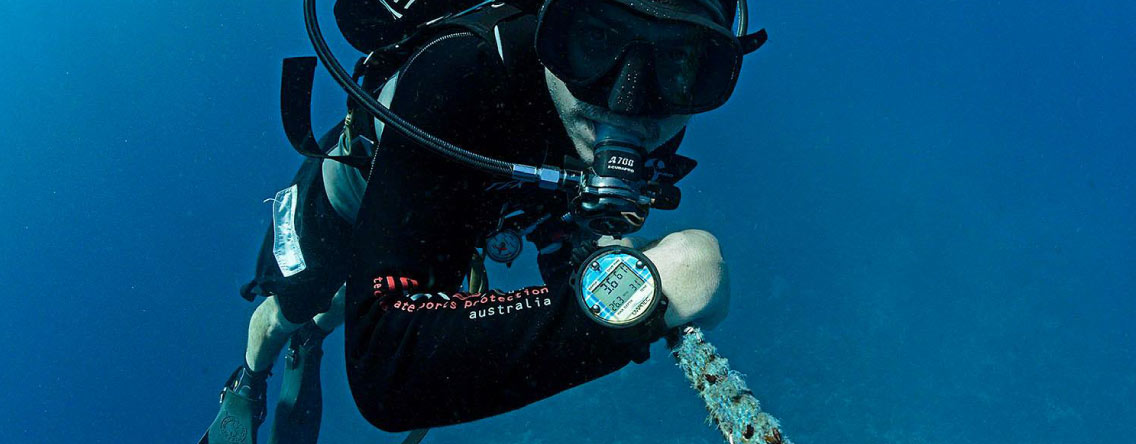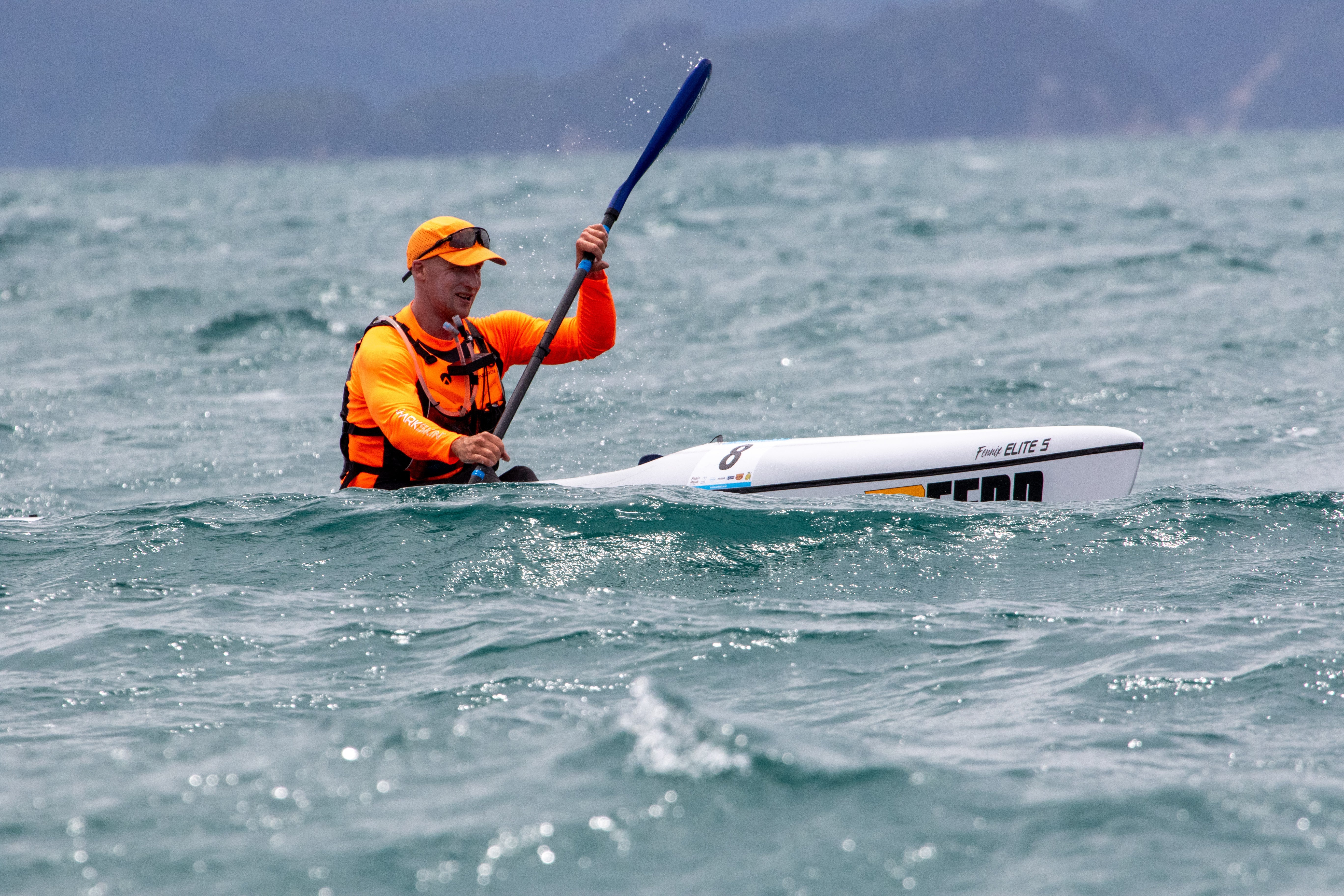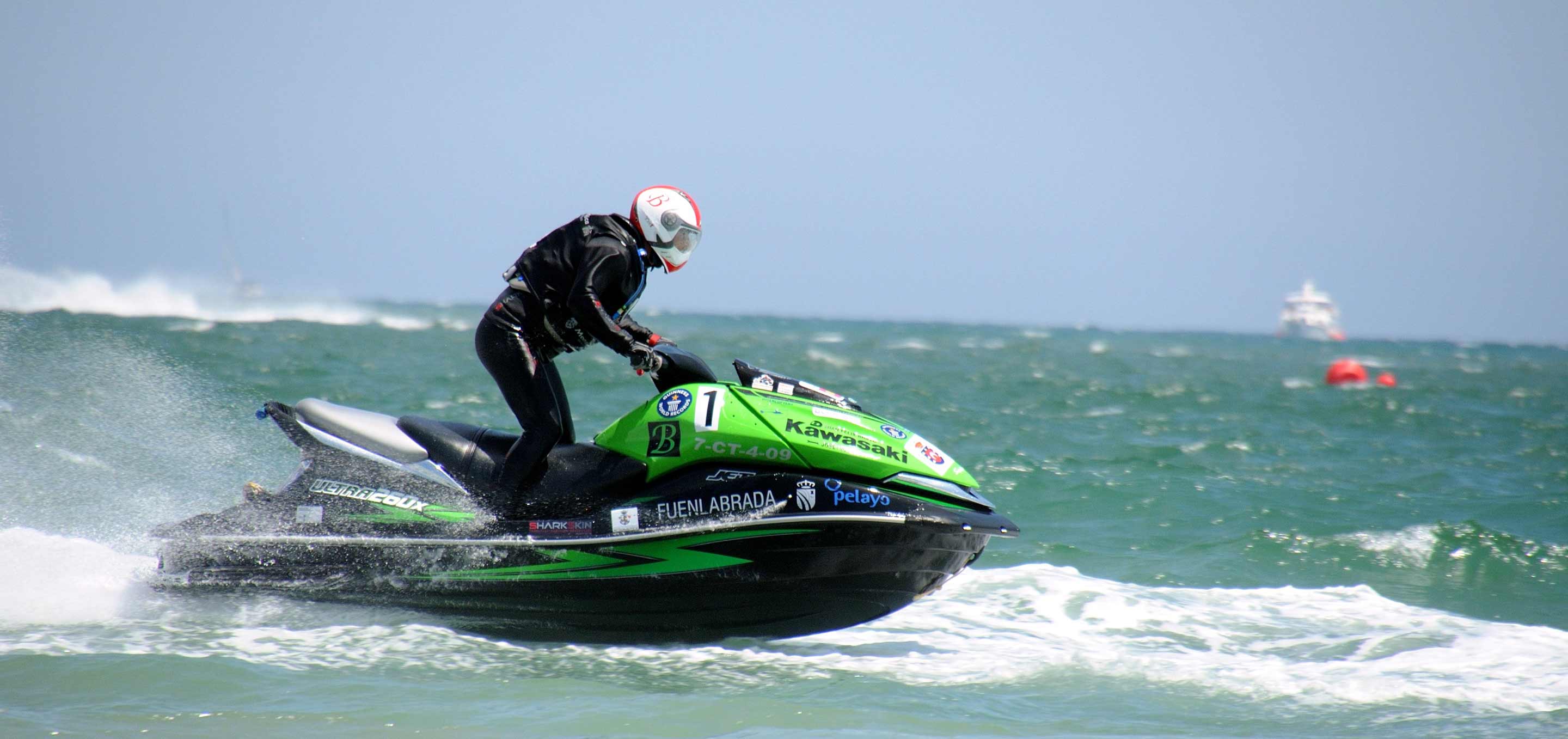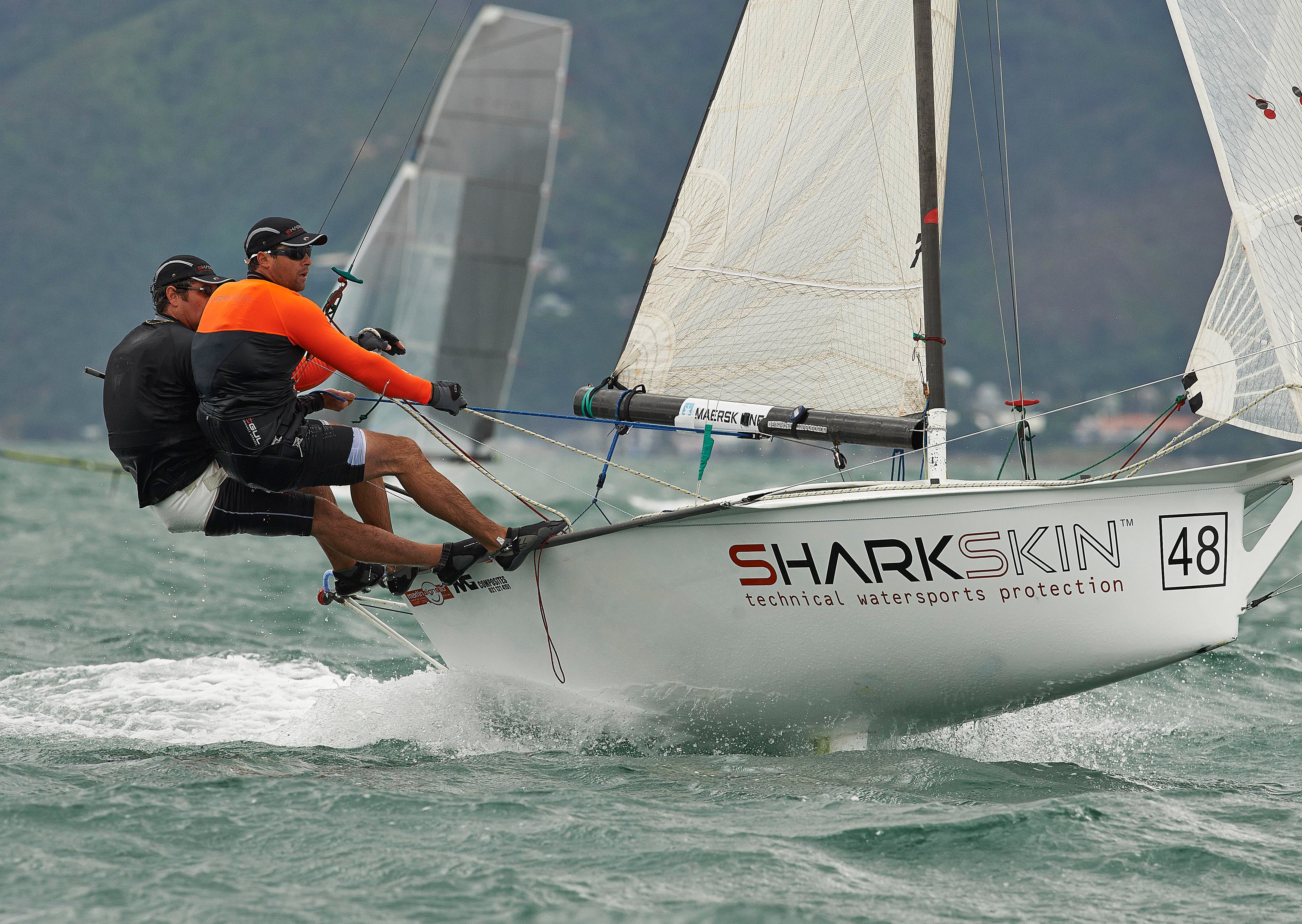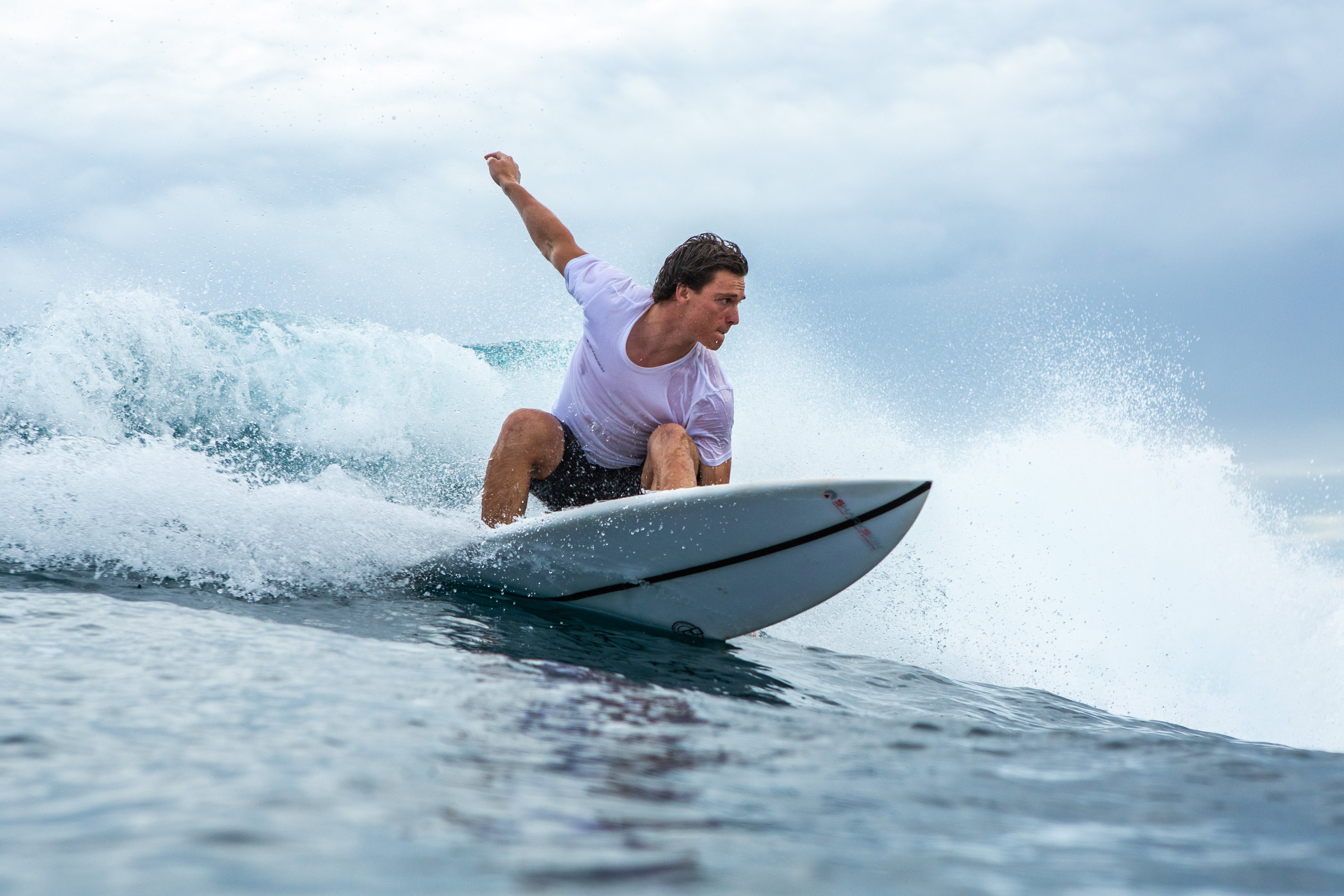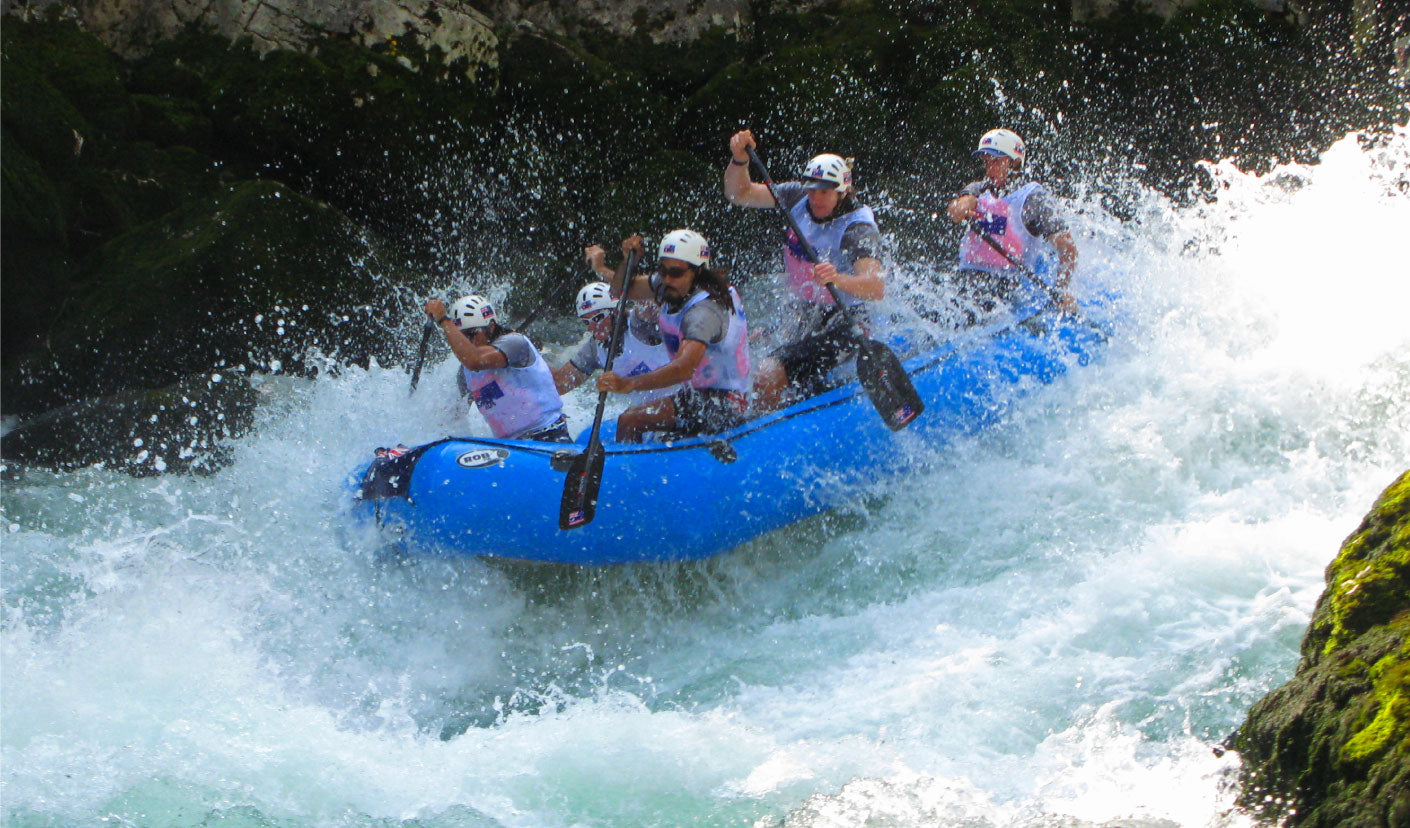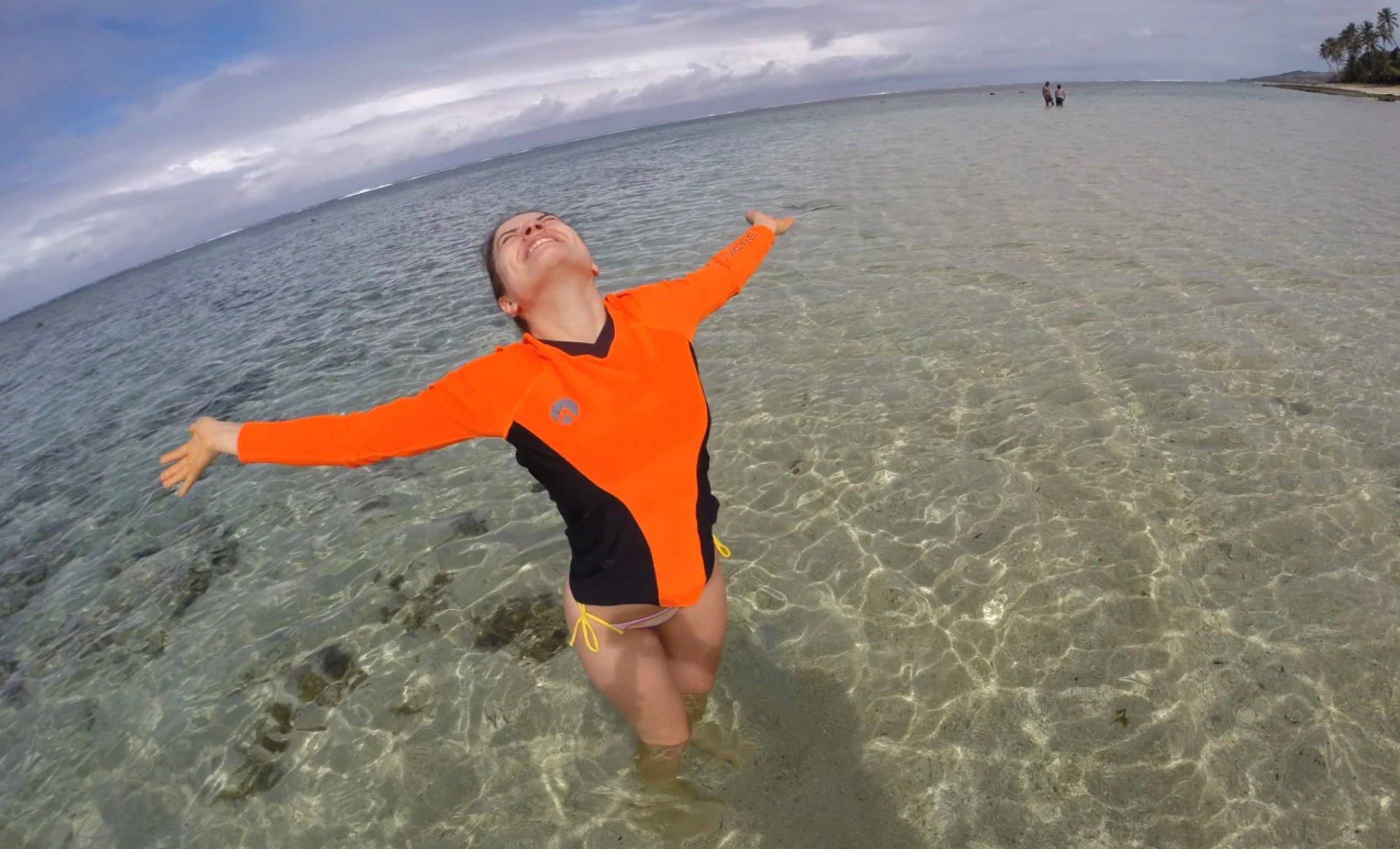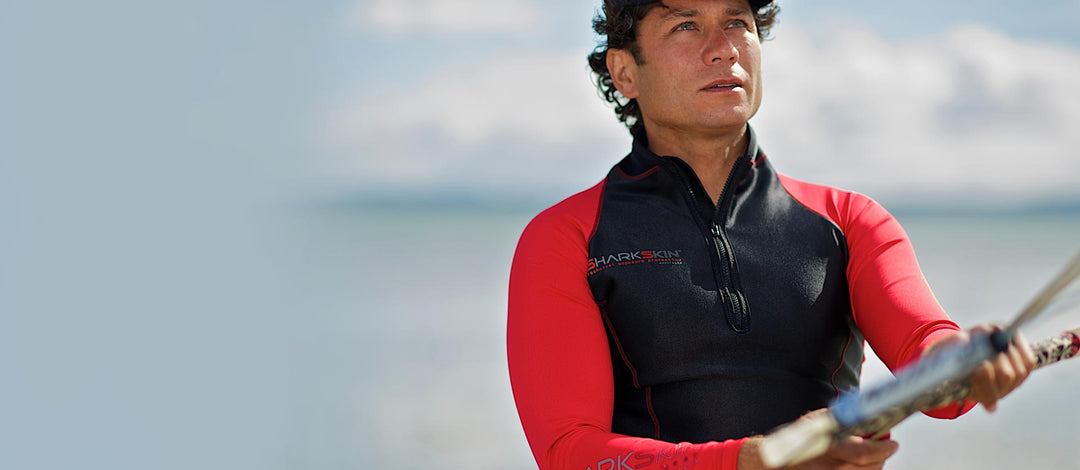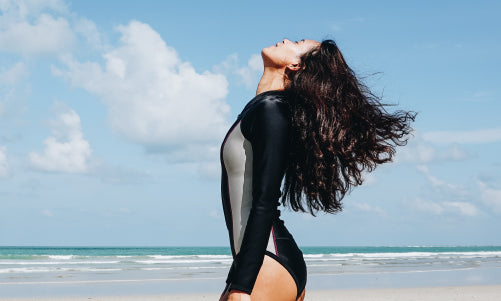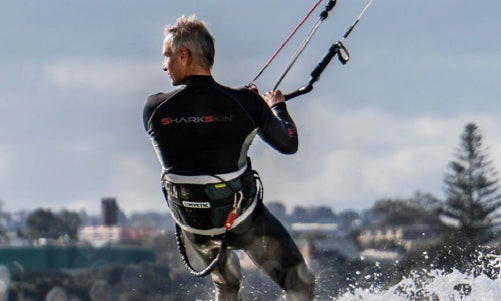Mastering the Art of Freediving: A Friendly and Informative Guide
Freediving is the practice of going beneath the surface on a single breath. It allows you to explore an impressive underwater world while focusing on breath control, calmness, and mental focus. This sport is open to anyone who wants to improve lung capacity, sharpen breath holding techniques, and feel a closer connection with marine life. Below is a detailed look at the art of freediving, with safety tips, practical advice, and answers to some common questions.

Understanding Freediving Basics
Breath Control and Lung Capacity
To begin your freediving experience, you must develop strong breath control and gradually increase your lung capacity. Various methods, such as diaphragmatic breathing and relaxed exhalation, can help you improve your breath holding over time. Remember that proper technique usually leads to longer, safer sessions underwater.
Mental Calmness
Freediving is as much a mental discipline as it is a physical one. By easing any panic reflexes and keeping your mind peaceful, you are more likely to manage oxygen effectively. This deep sense of relaxation also helps you connect with the underwater world on a more personal level.
Practical Tips for Getting Started
Enrol in a Course
It’s usually best to learn from certified instructors who can teach safe breath holding techniques and show you essential freediving skills. A structured course ensures you adopt correct methods from the start, minimising the risk of injuries.
Never Go Alone
The top rule for freediving is to always have a buddy who can watch you and respond if something goes wrong. This idea also applies to scuba activities—see our Buddy System in Snorkeling and Diving post for more on how essential teamwork is in underwater sports.
Focus on Fitness and Health
Regular cardio workouts—like swimming, yoga, or running—can improve lung function and overall endurance. If you’re interested in reading more about staying fit in the water, our blog on Water Safety 101 explains how gear and preparation go hand in hand with safe exercise.
Learn to Equalise
Pressure increases as you go deeper. By learning to equalise your ears, you can avoid ear pain and potential injury. Some prefer the Valsalva method, while others use the Frenzel technique. An instructor will show you the approach that works best for you.
Respect the Environment
Freediving offers a striking view of the ocean’s marine life. Make sure you treat reefs and sea creatures gently. Check out our guide on How to Identify Dangerous Marine Animals in Australian Waters to stay safe and keep marine environments protected.
Frequently Asked Questions
Q: What is the number 1 rule in freediving?
A: The number 1 rule is never go by yourself. A buddy can keep watch and respond if you experience a shallow water blackout or any other emergency.
Q: How do you get better at freediving?
A: You can improve by working on breath holding techniques, strengthening your cardiovascular fitness, and staying relaxed both mentally and physically. Professional training, consistent practice, and following safety guidelines are key.
Q: What is the purest form of freediving?
A: The purest form often refers to disciplines like constant weight no-fins, where you rely on your body strength and minimal equipment. This approach focuses on raw technique, body awareness, and complete concentration.
To Sum Up
Mastering the art of freediving requires a balance of mental calmness, physical strength, and continuous practice. By learning proper breath control and lung capacity techniques, along with following essential safety measures, you can strengthen your confidence underwater. Remember that patience and consistent training are essential on this path—take your time, use the right methods, and treasure the feeling of freedom that only freediving can provide.
Ready to Explore Freediving Further?
If you’re planning to take your freediving to the next level, diving and snorkeling activities usually require submersion in varying temperatures.
SHARKSKIN apparel, featuring our Thermal Flex, R-Series compression, Chillproof and T2 Chillproof ranges, are the perfect way to insulate and protect your body. Sharkskin even helps you stay warm and comfortable at the surface.
For Freediving enthusiasts looking for gear that adapts to warm tropical waters or acts as an extra layer under a wetsuit, SHARKSKIN’s innovative water sports apparel ranges keeps you shielded from windchill while maintaining comfort and freedom of movement.




